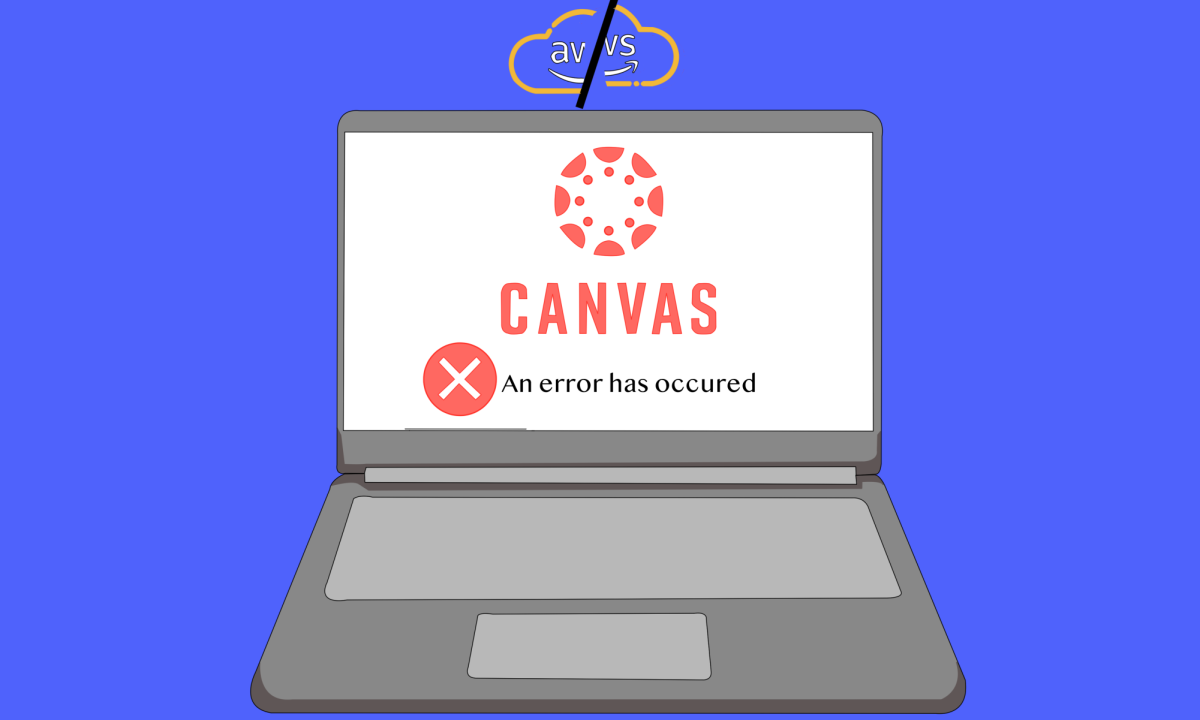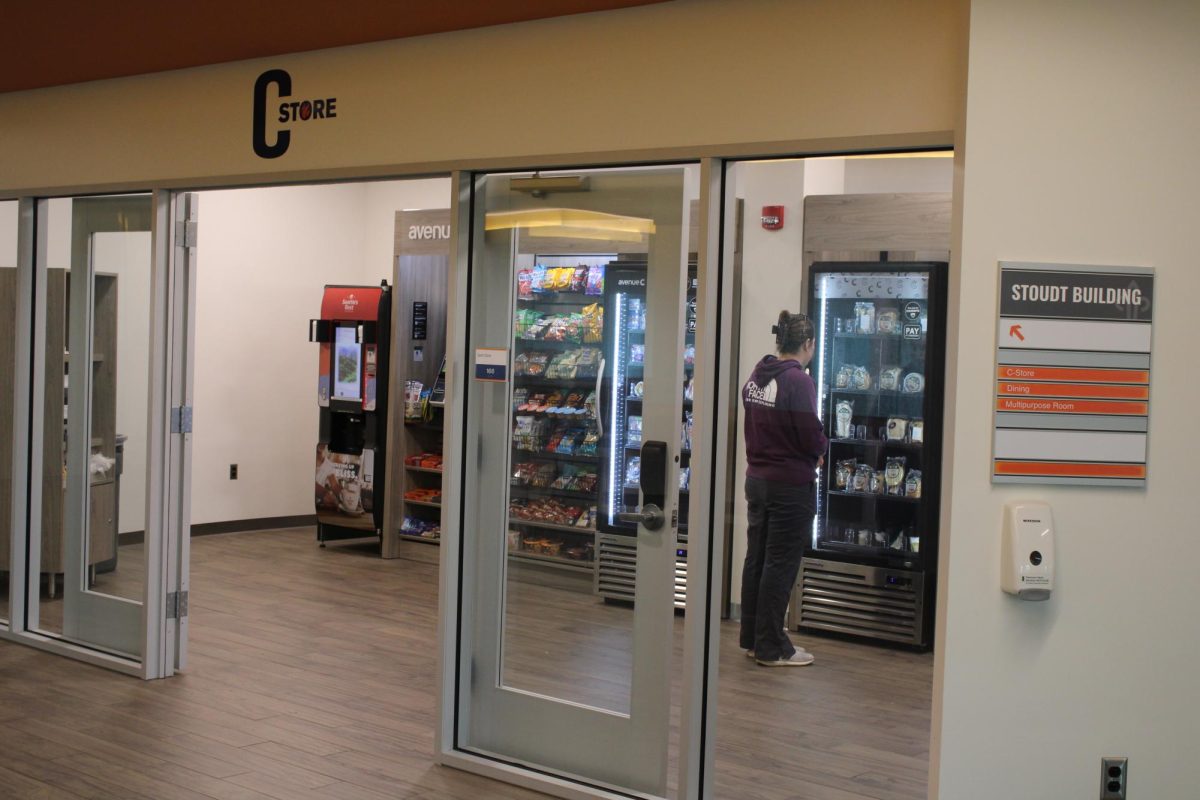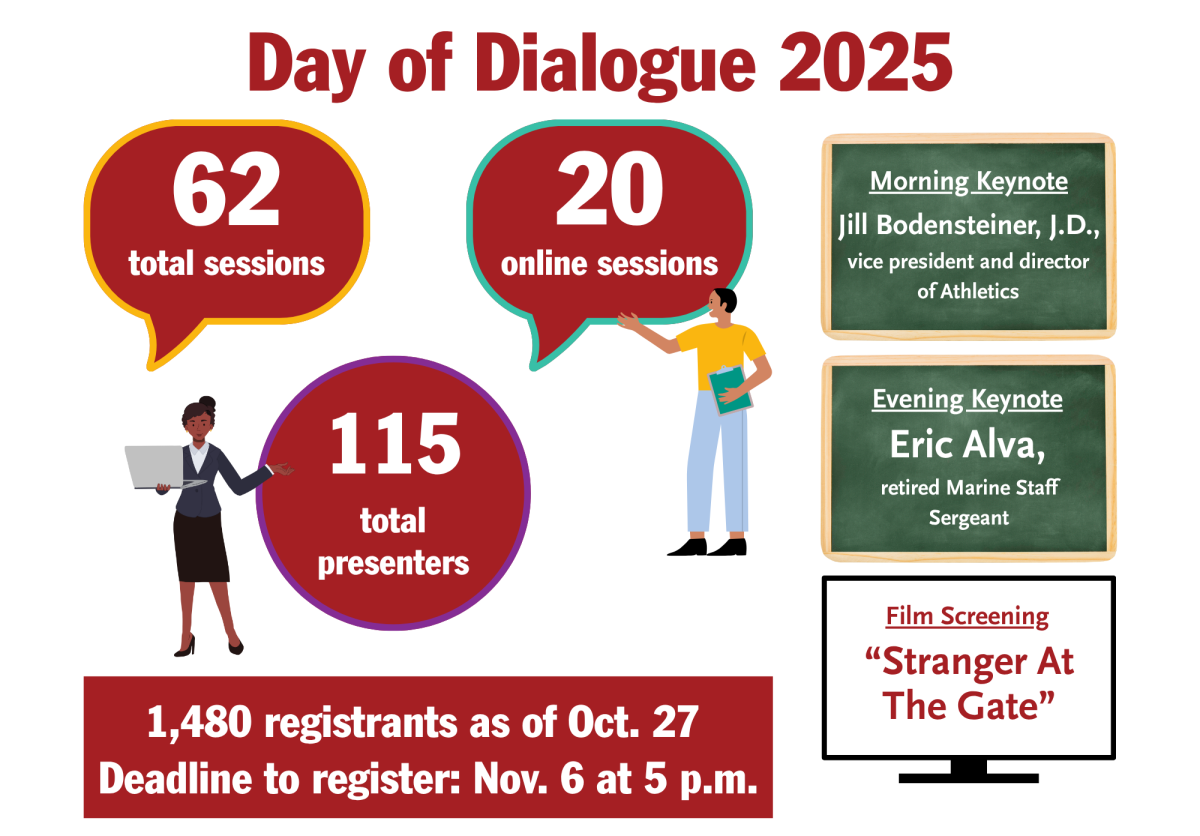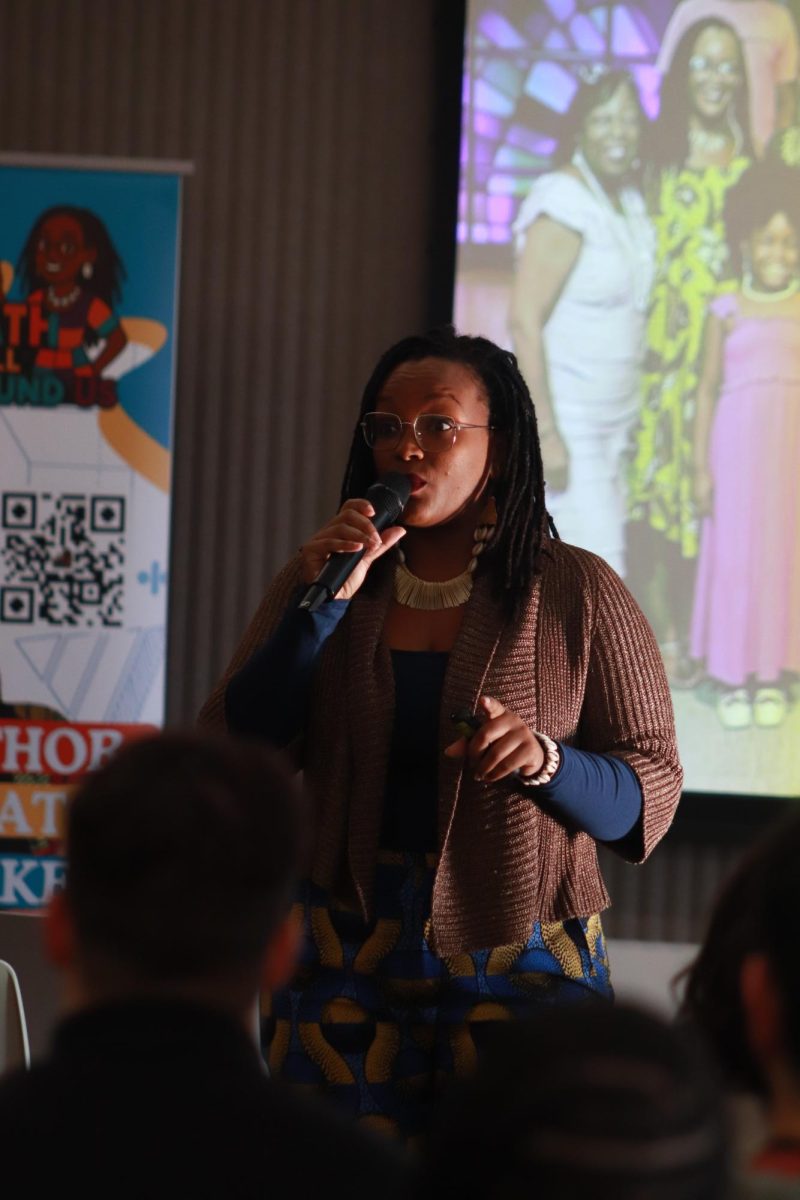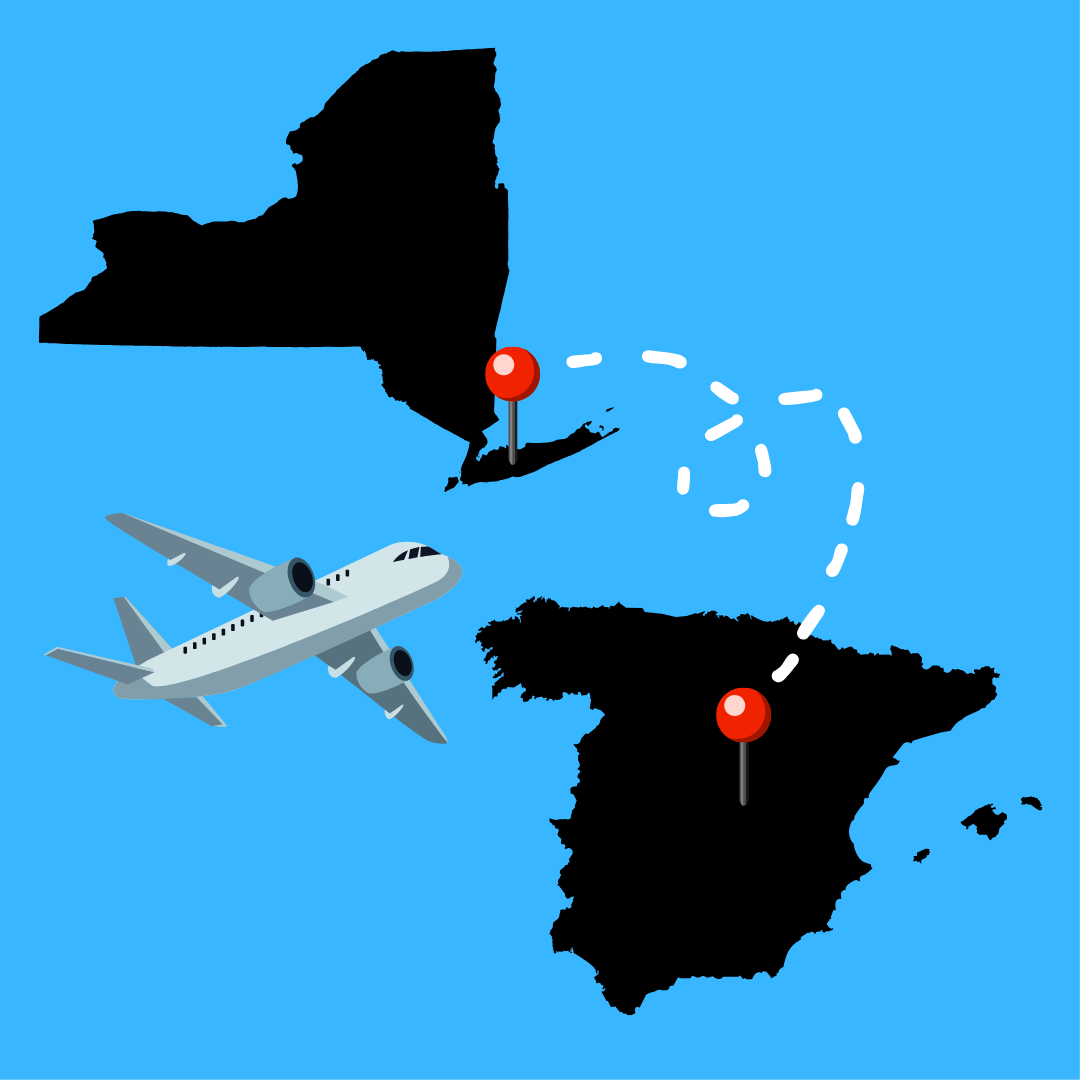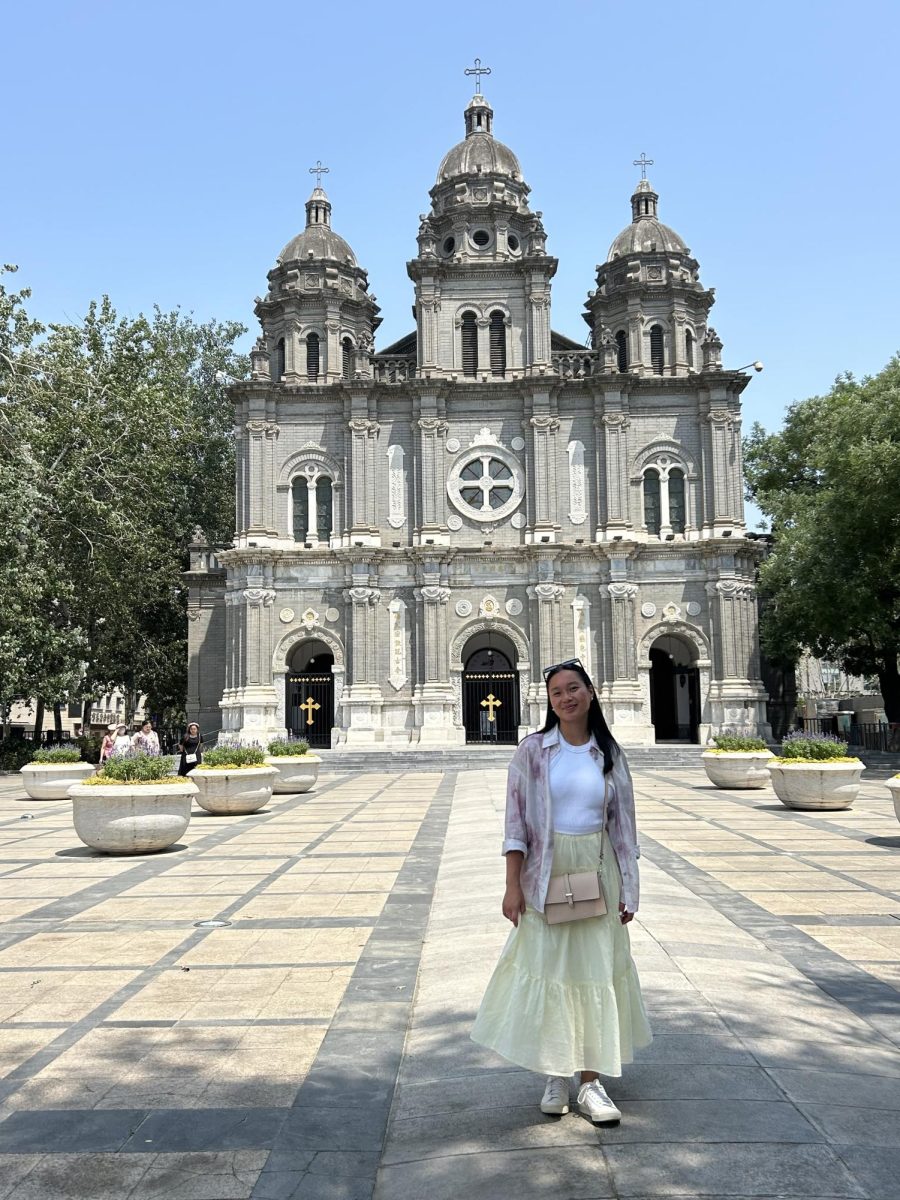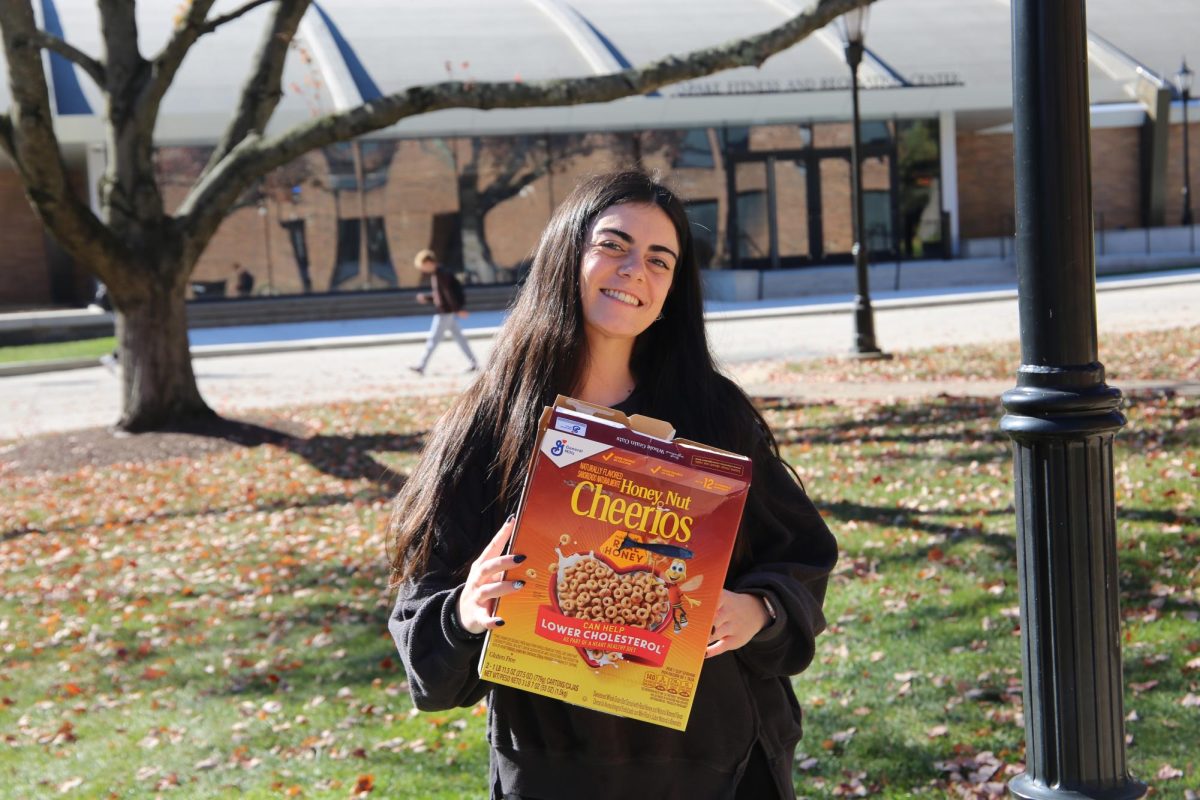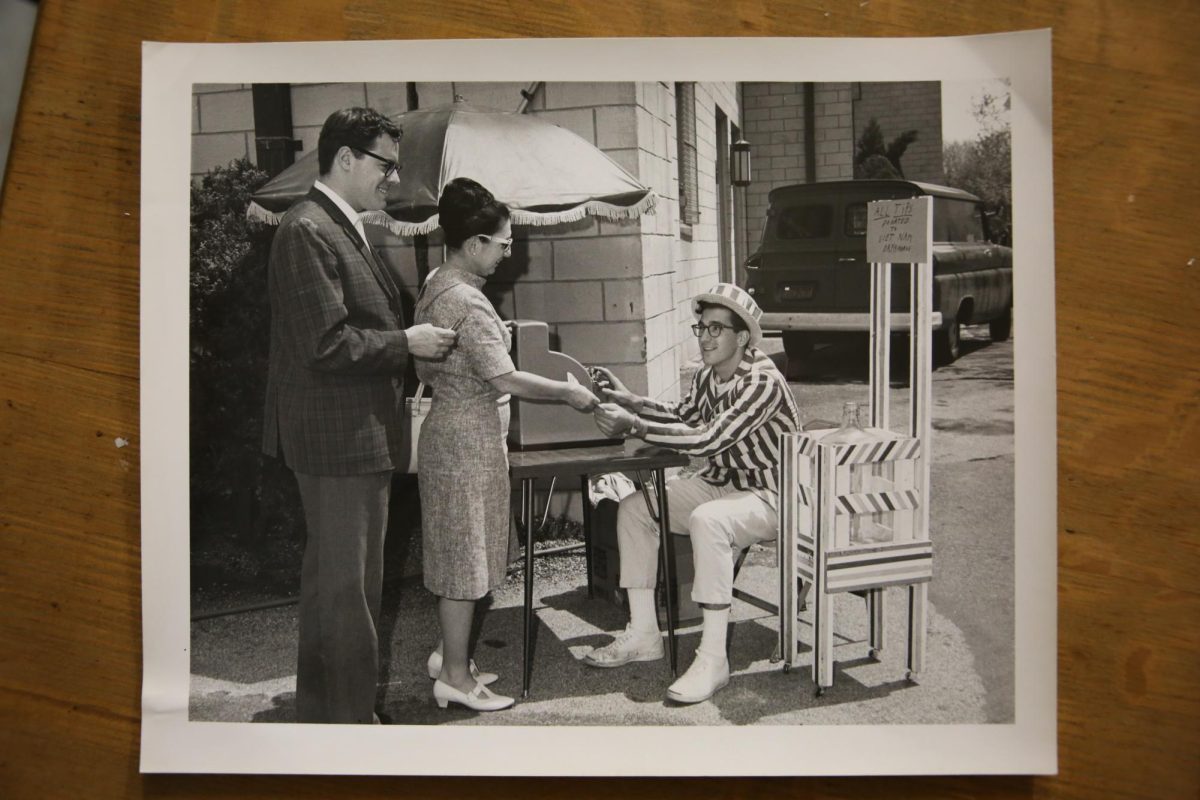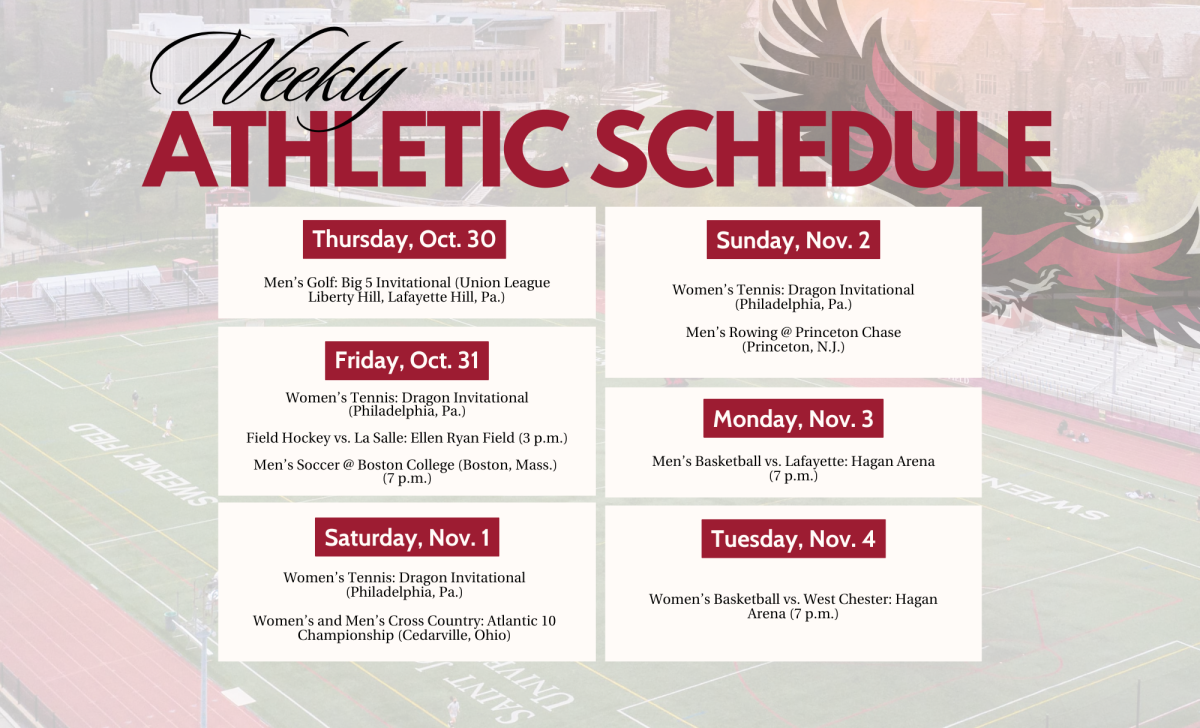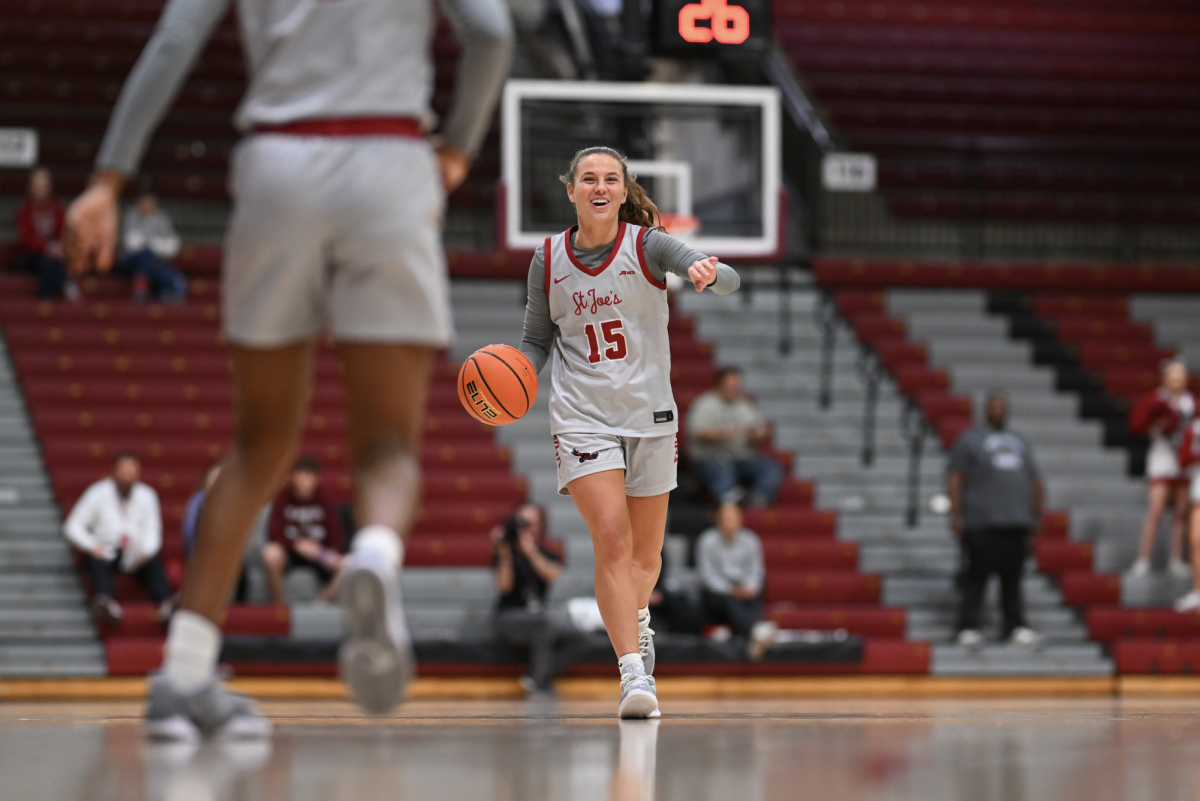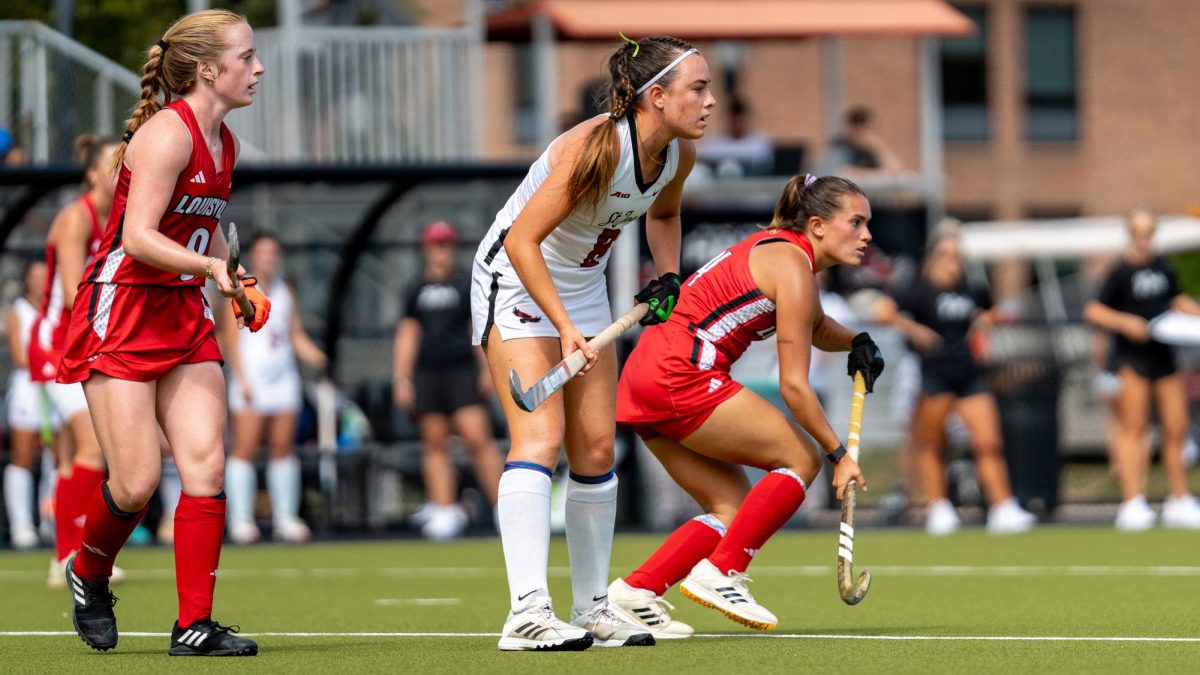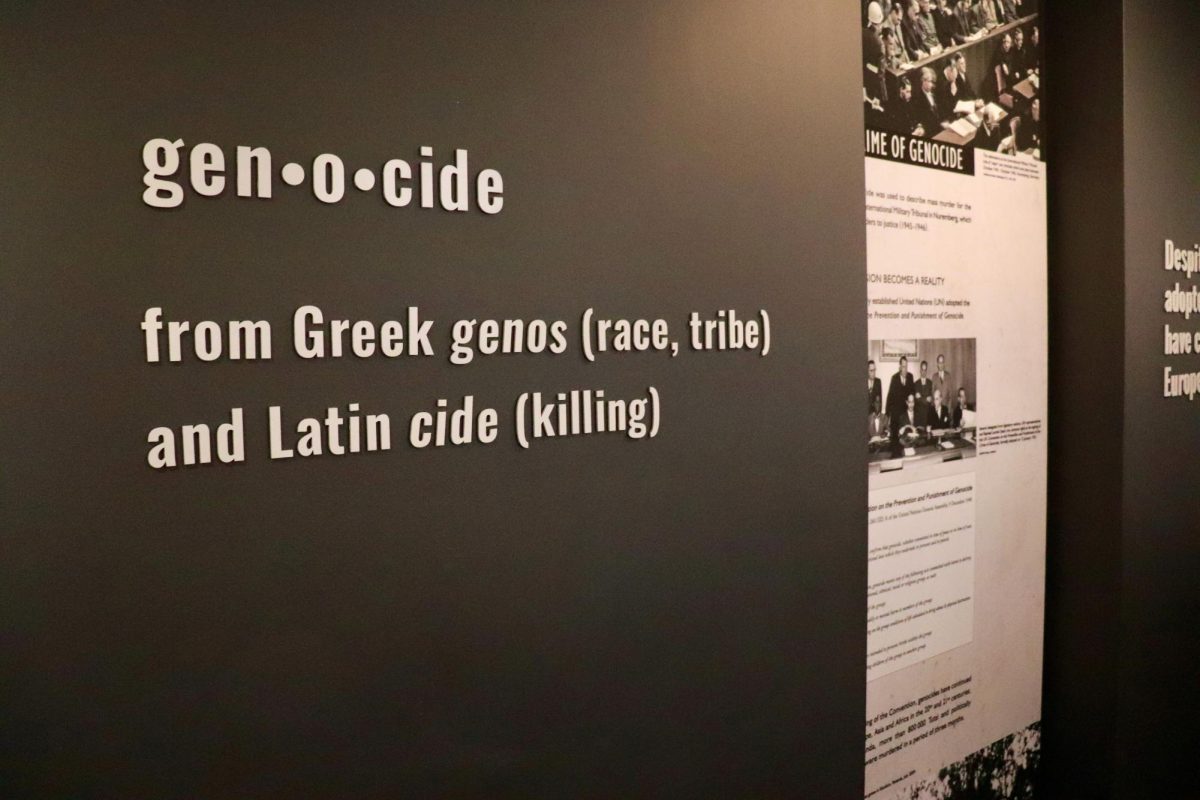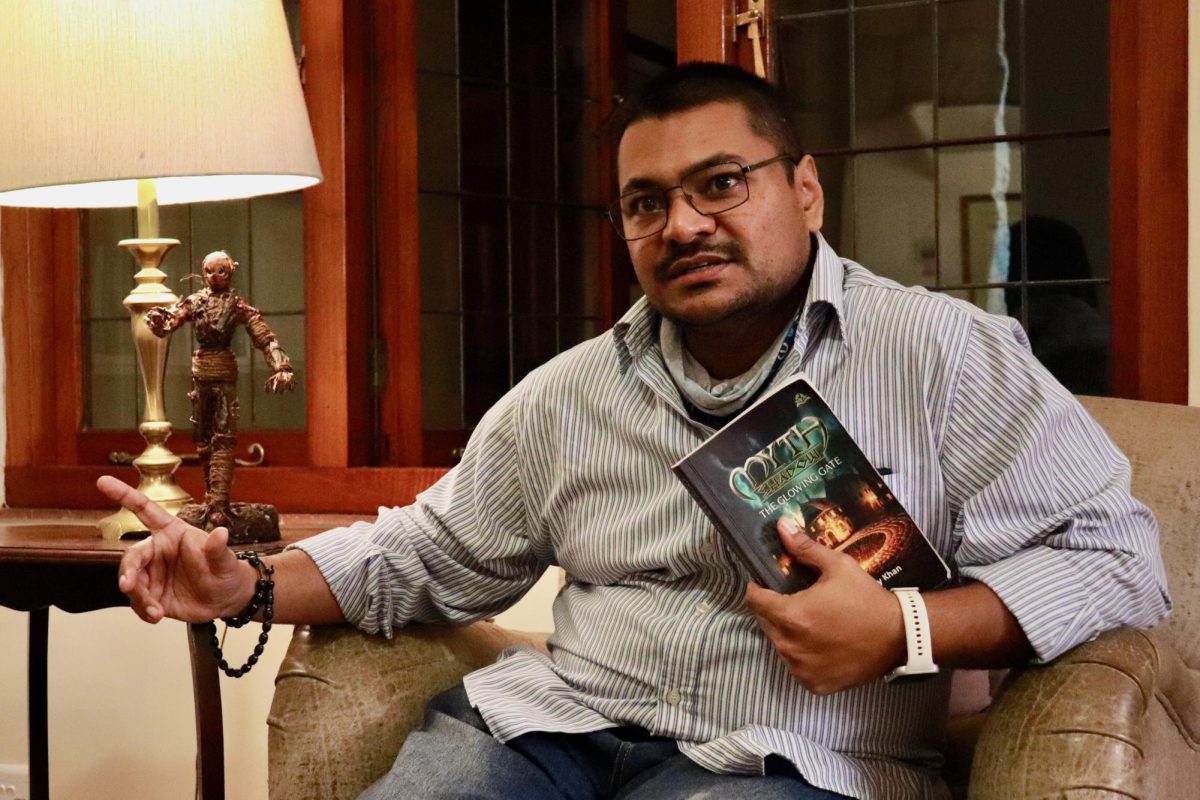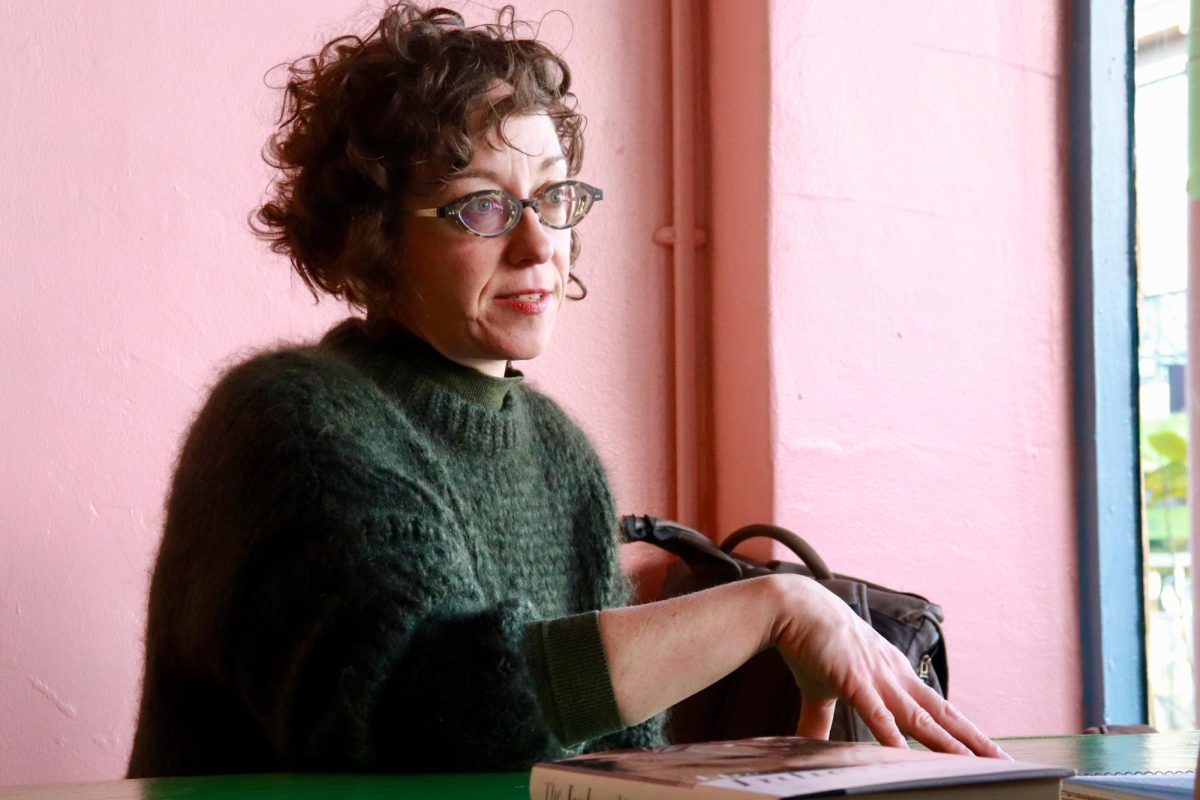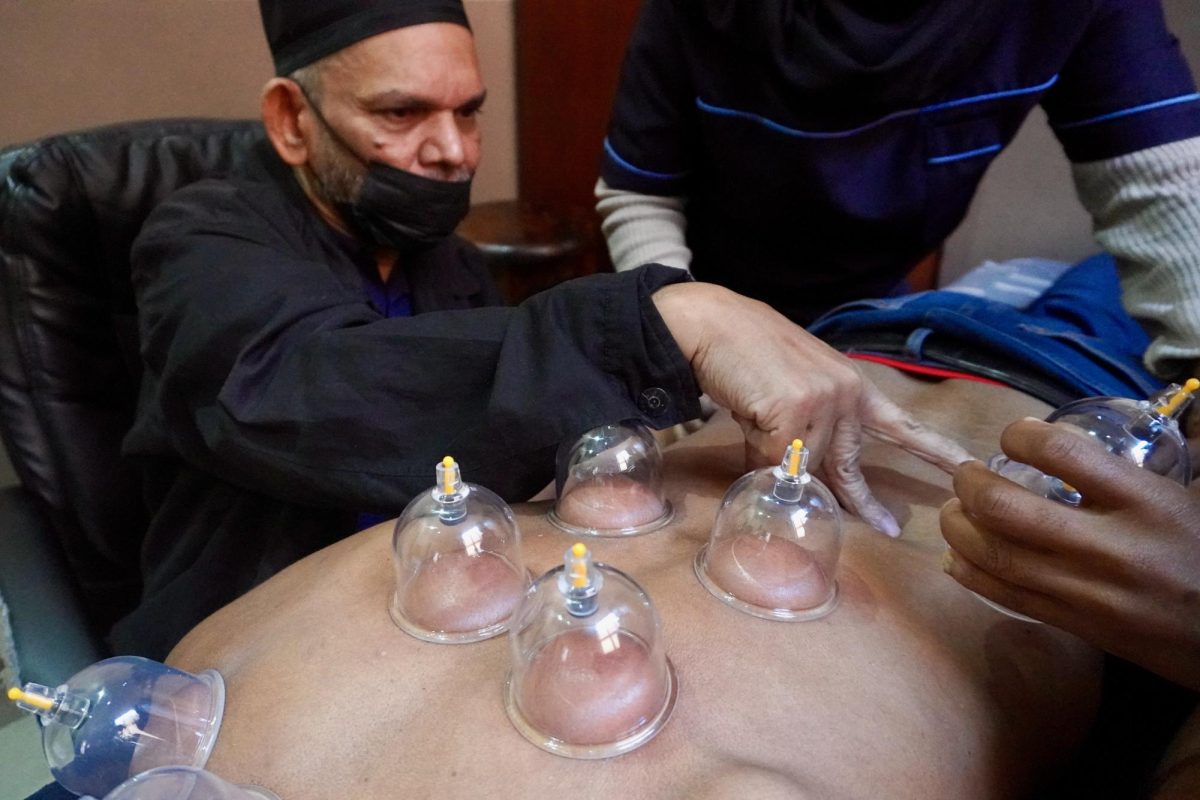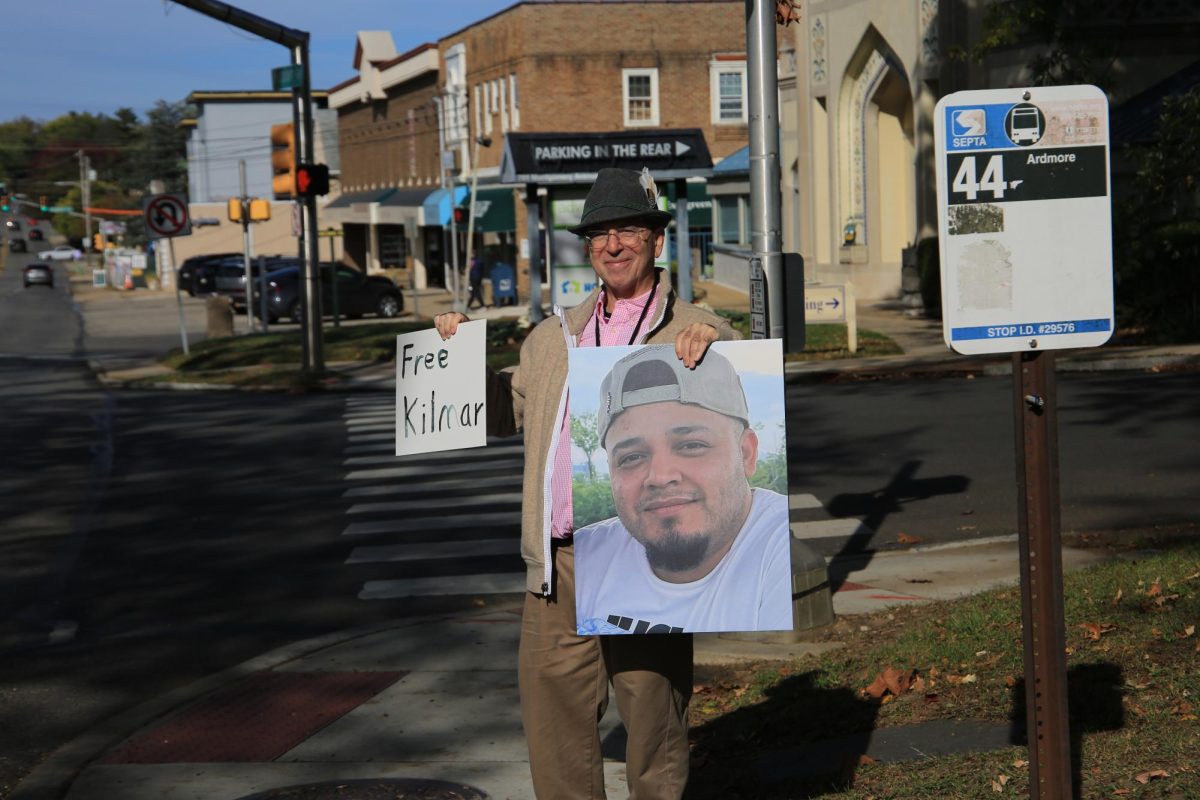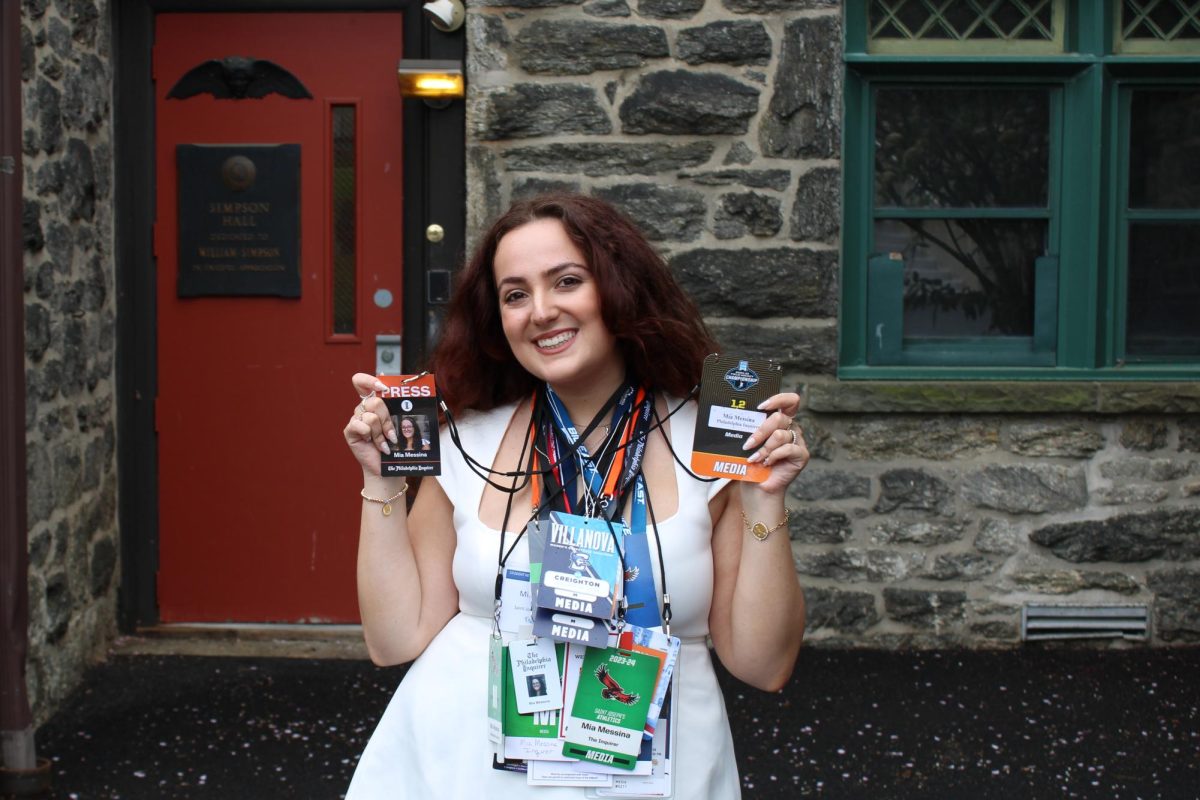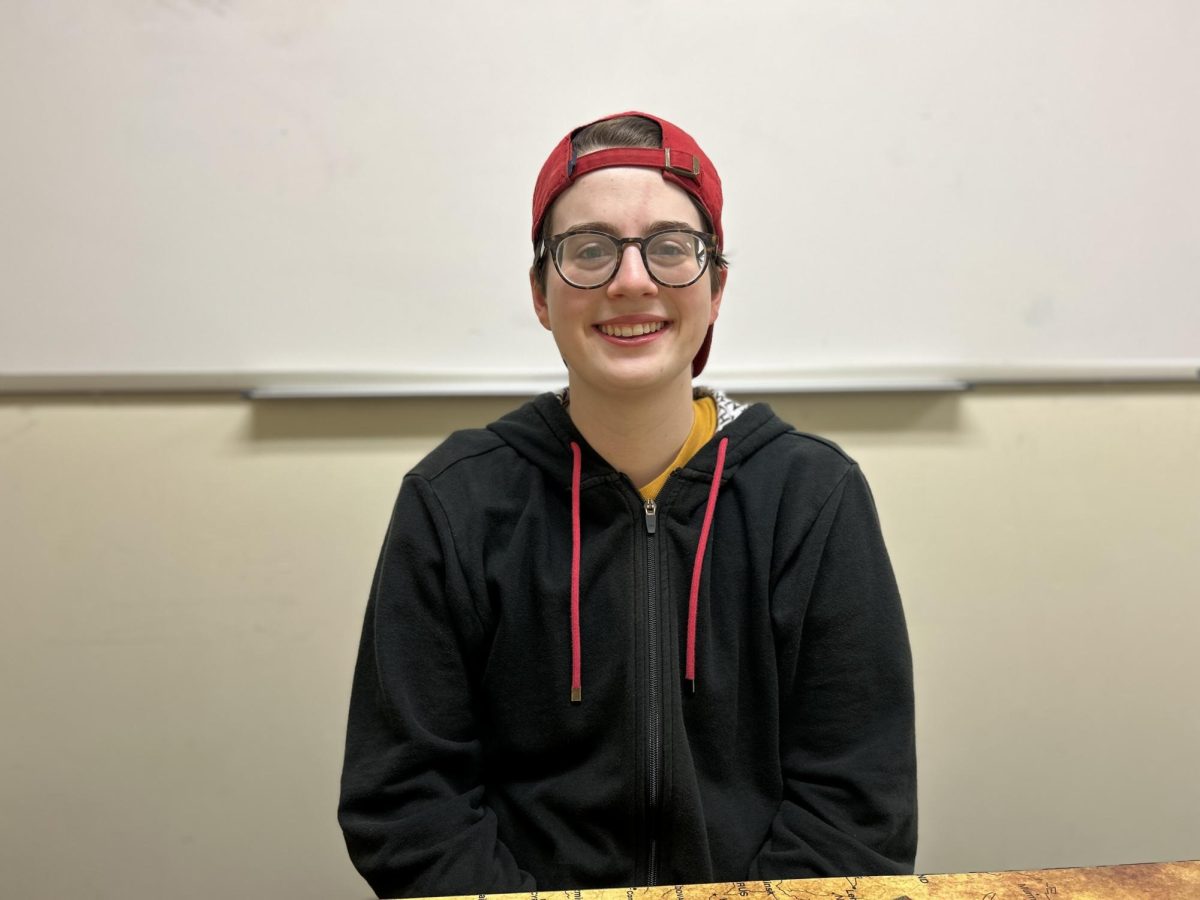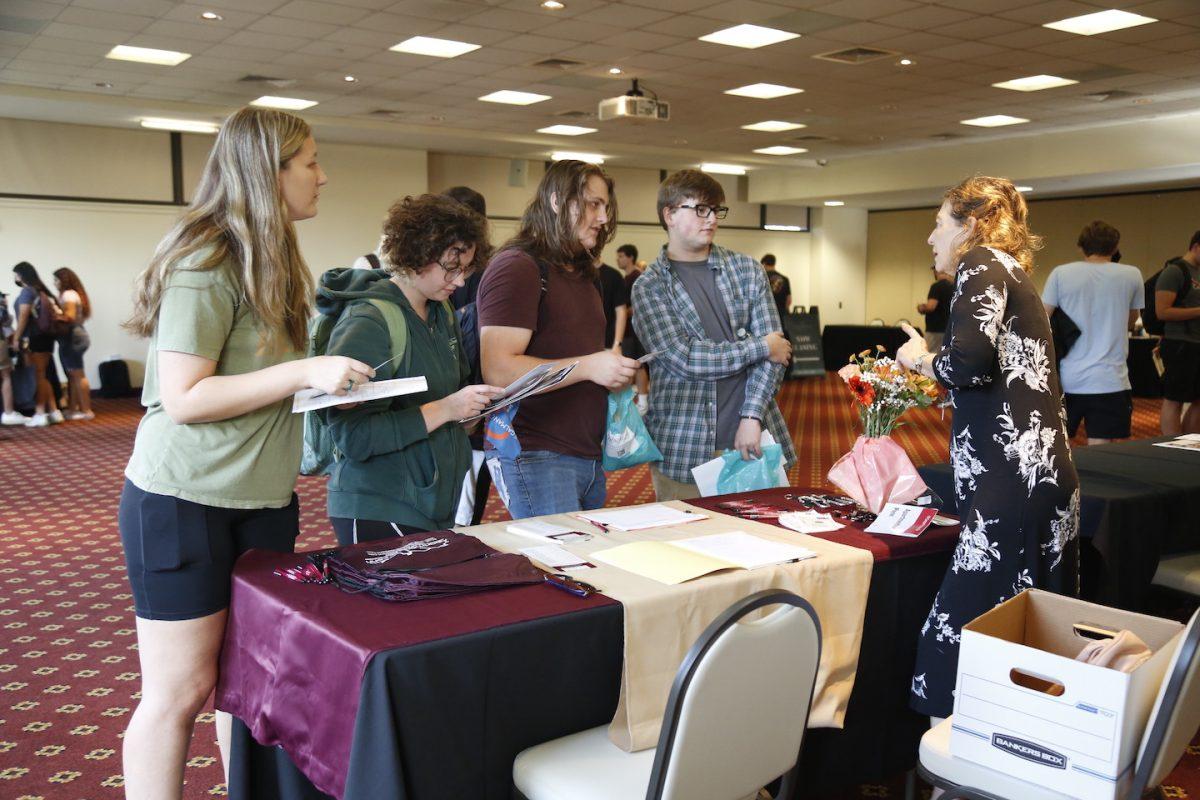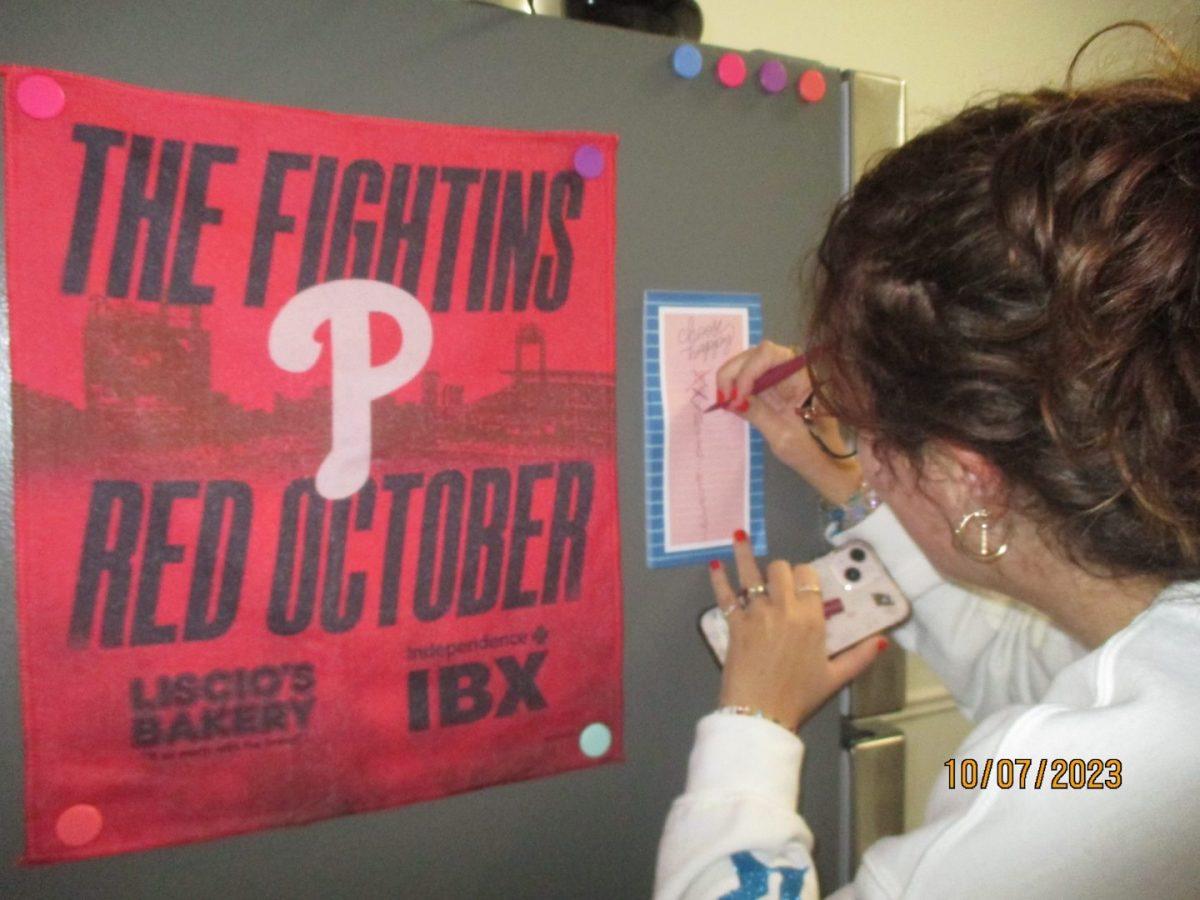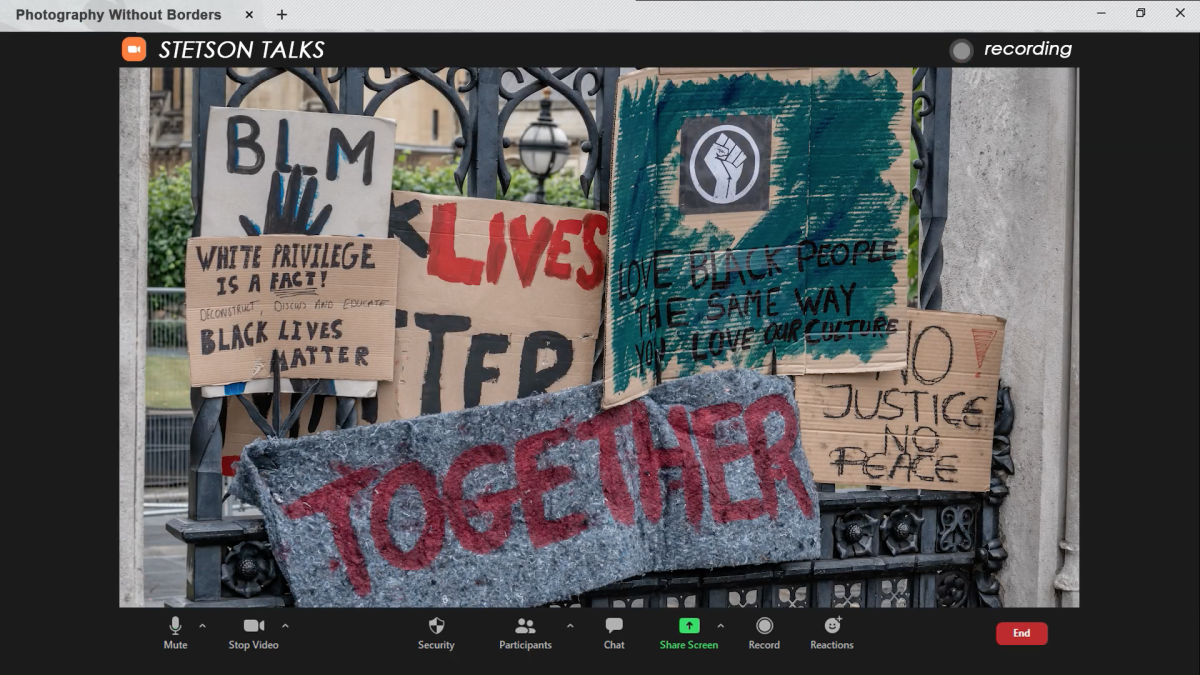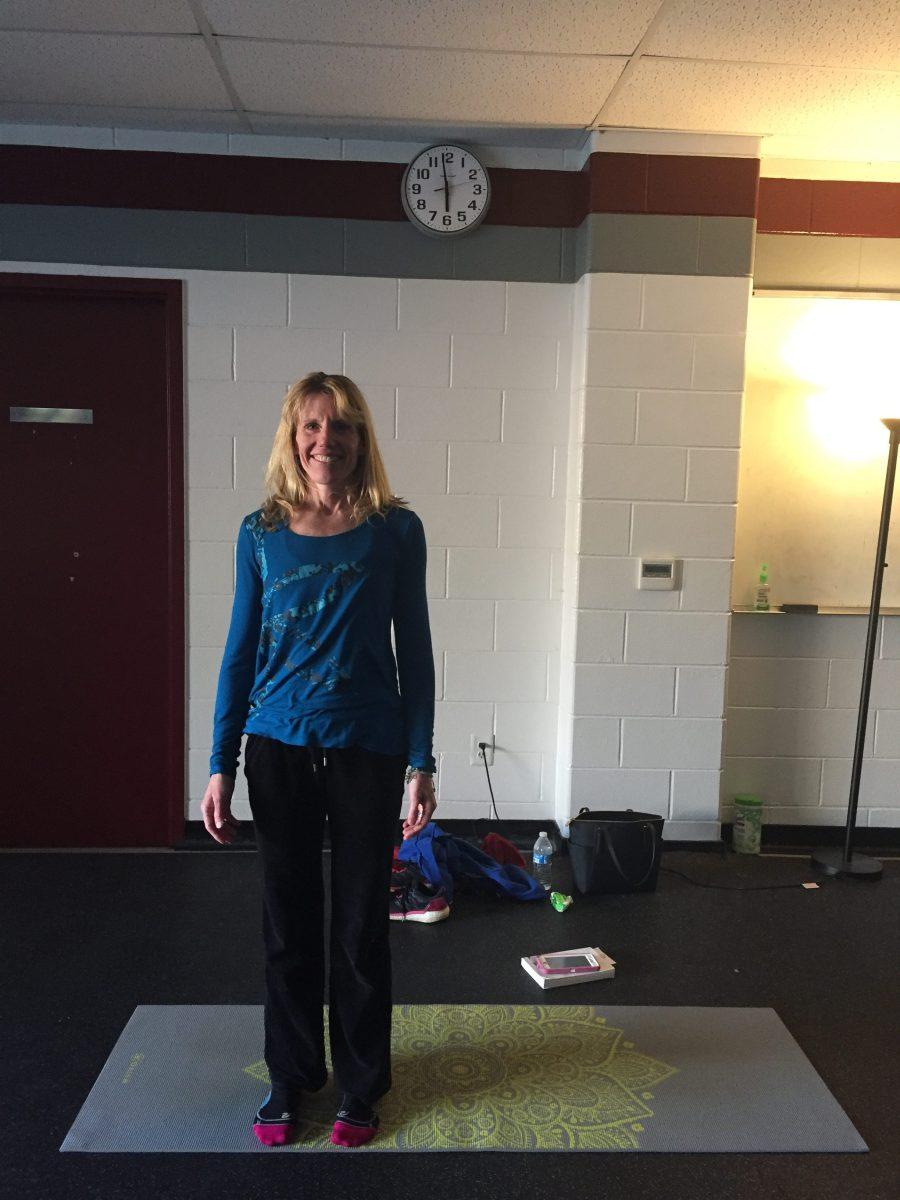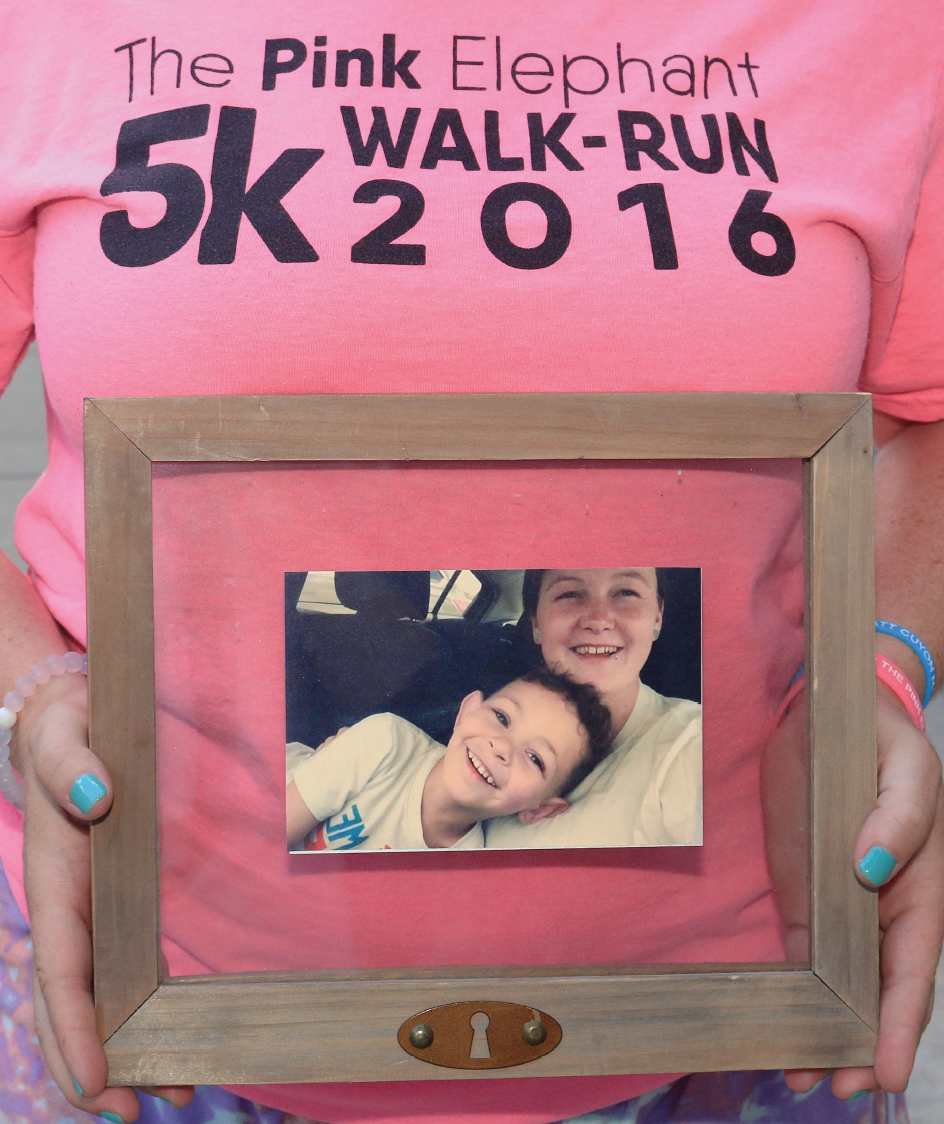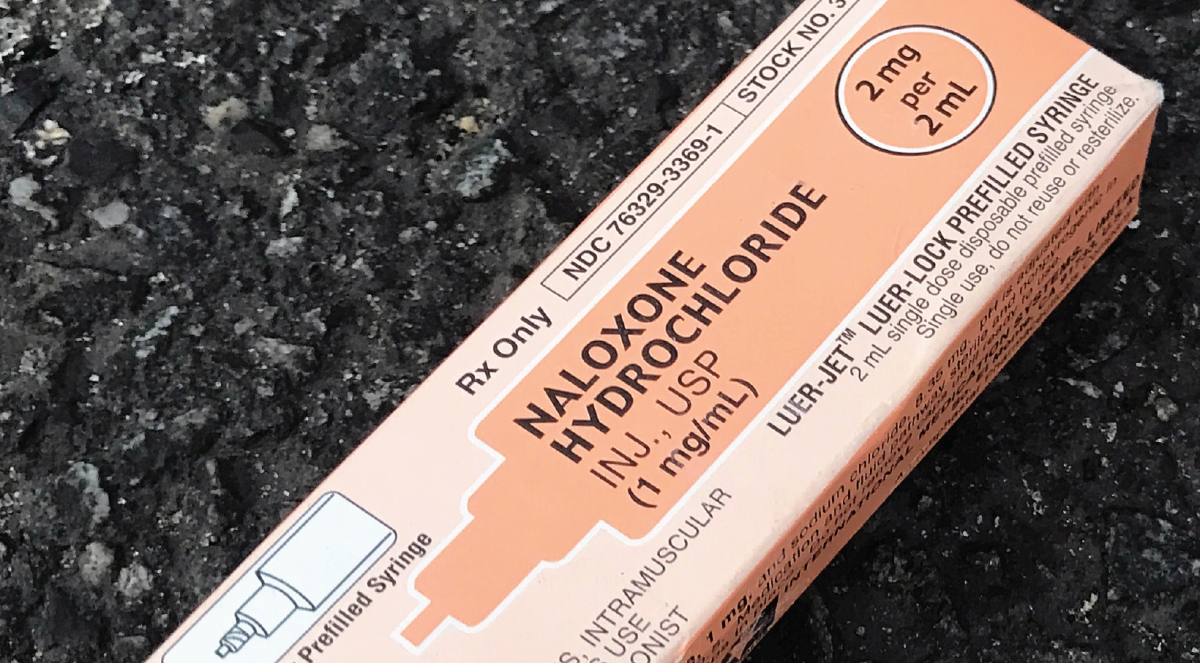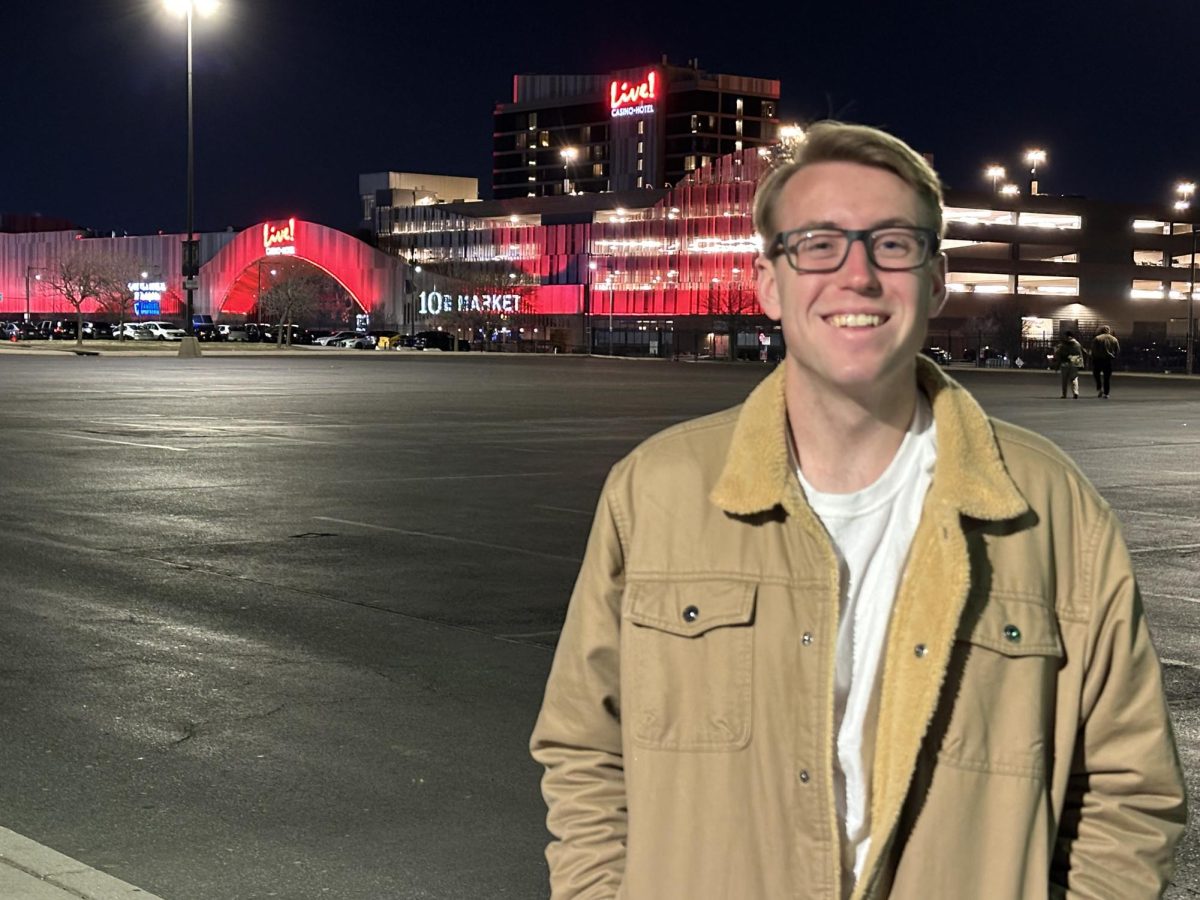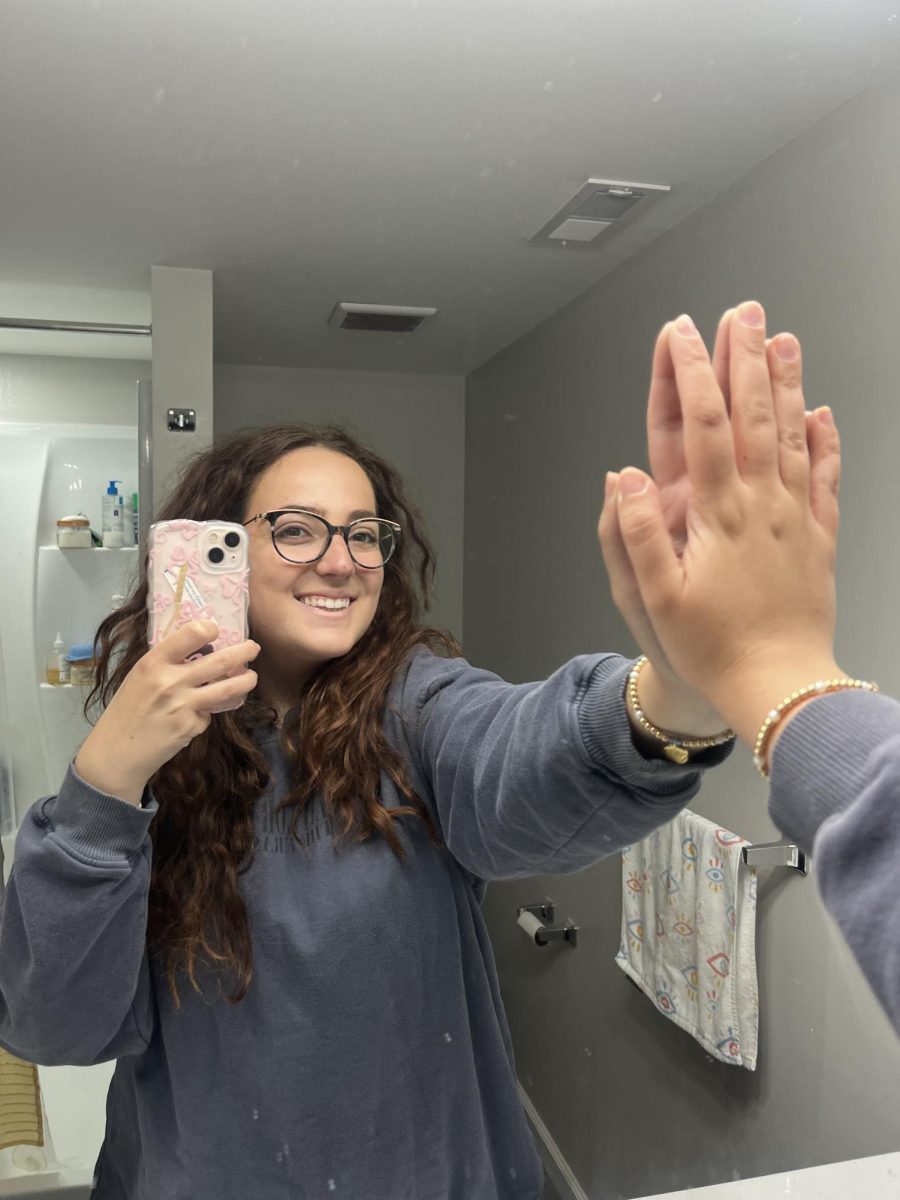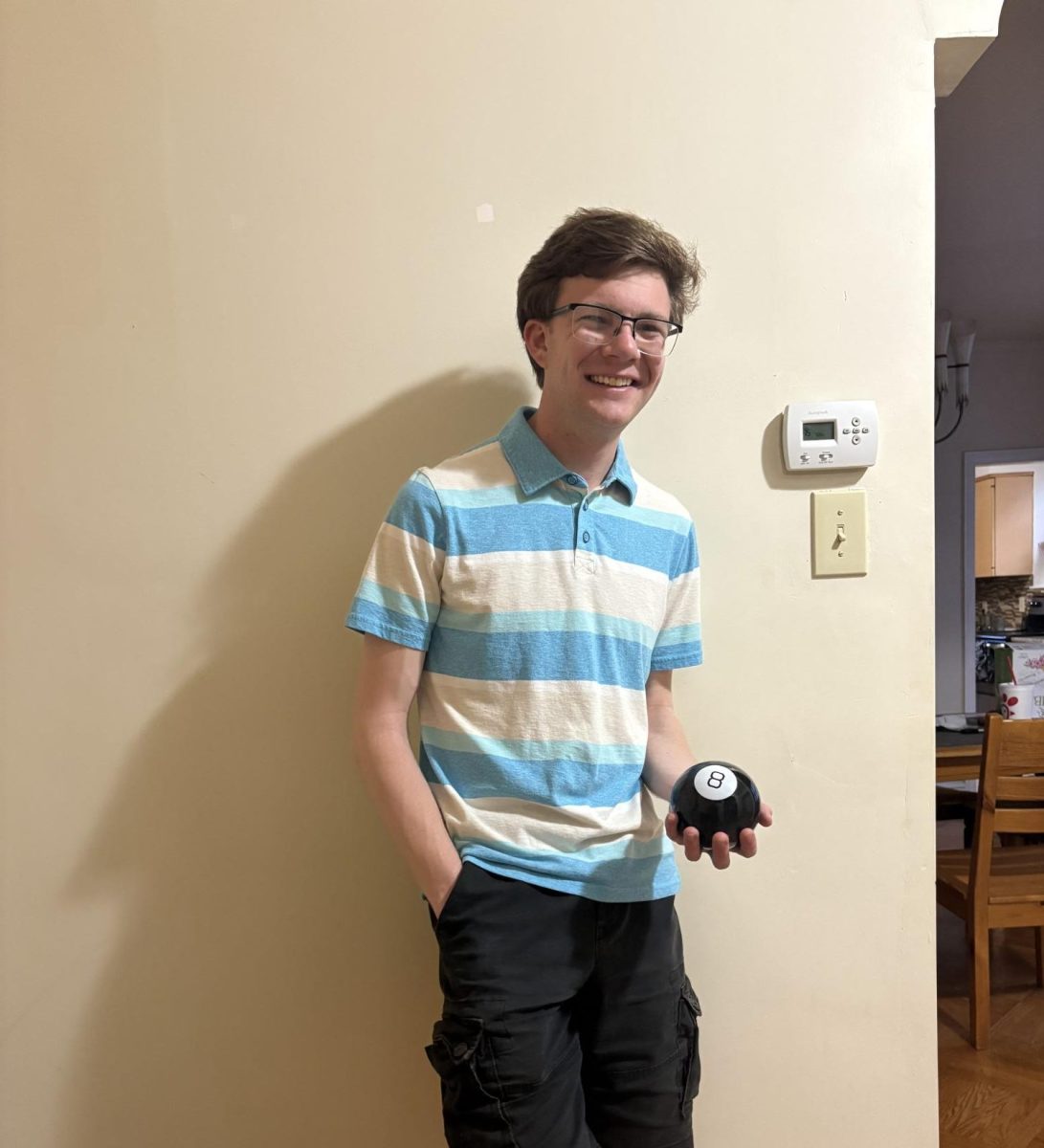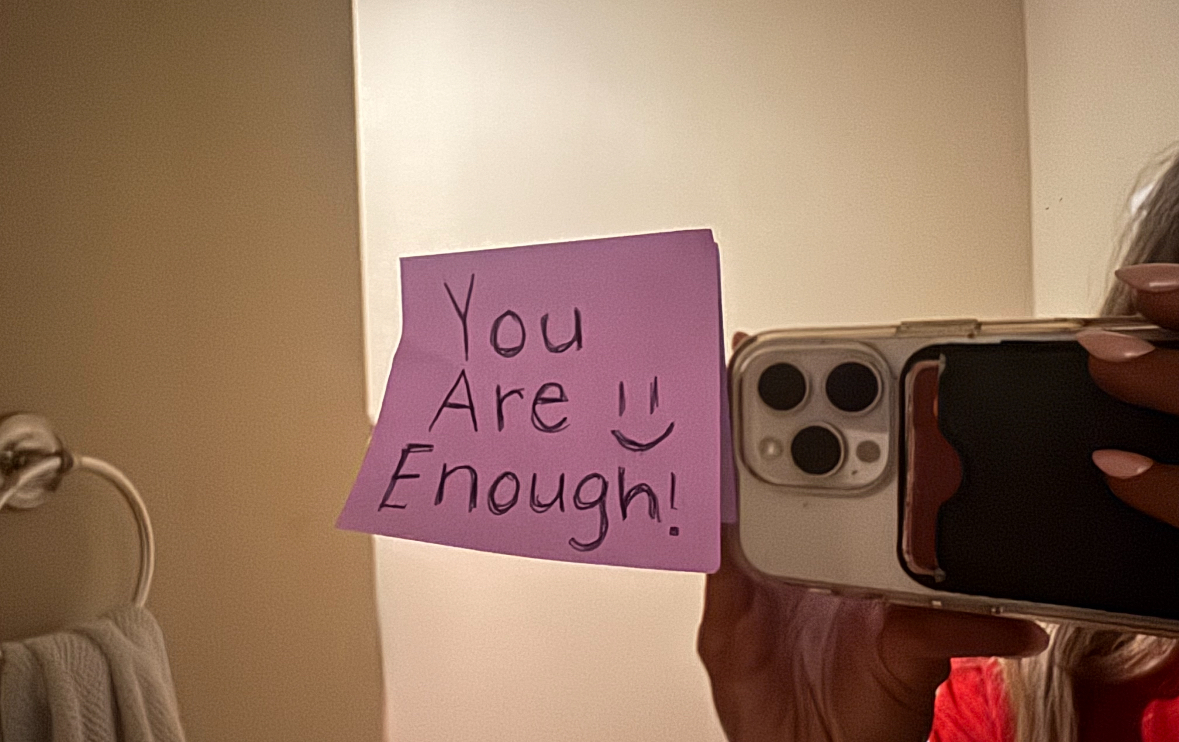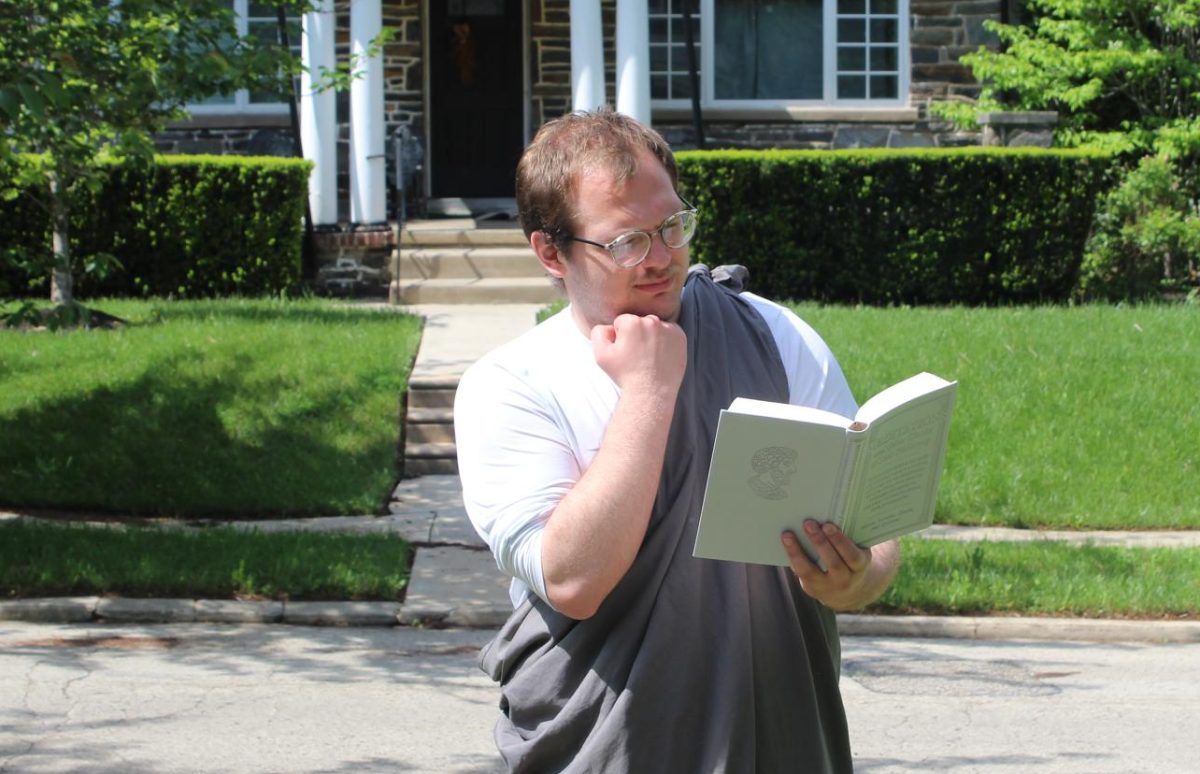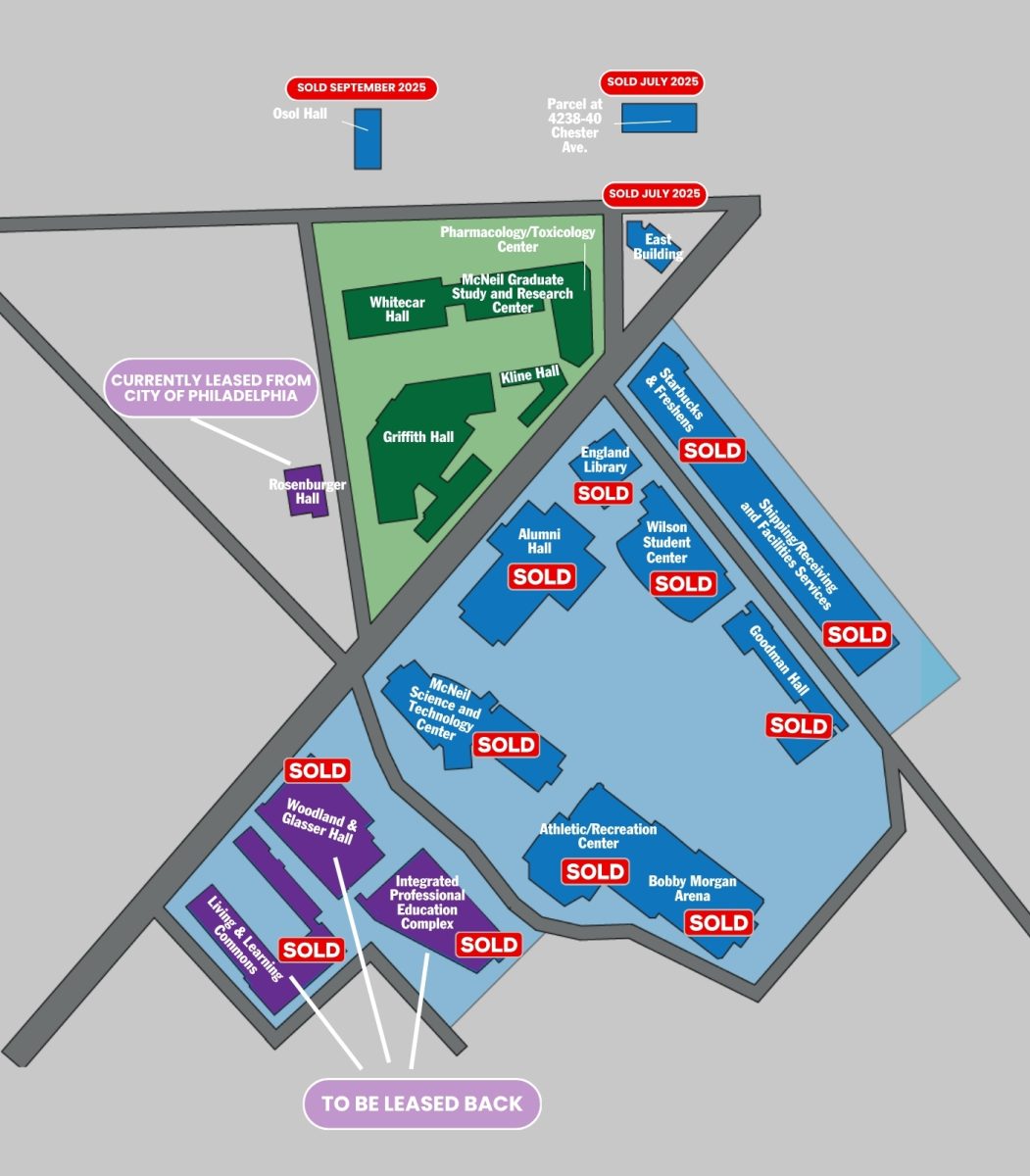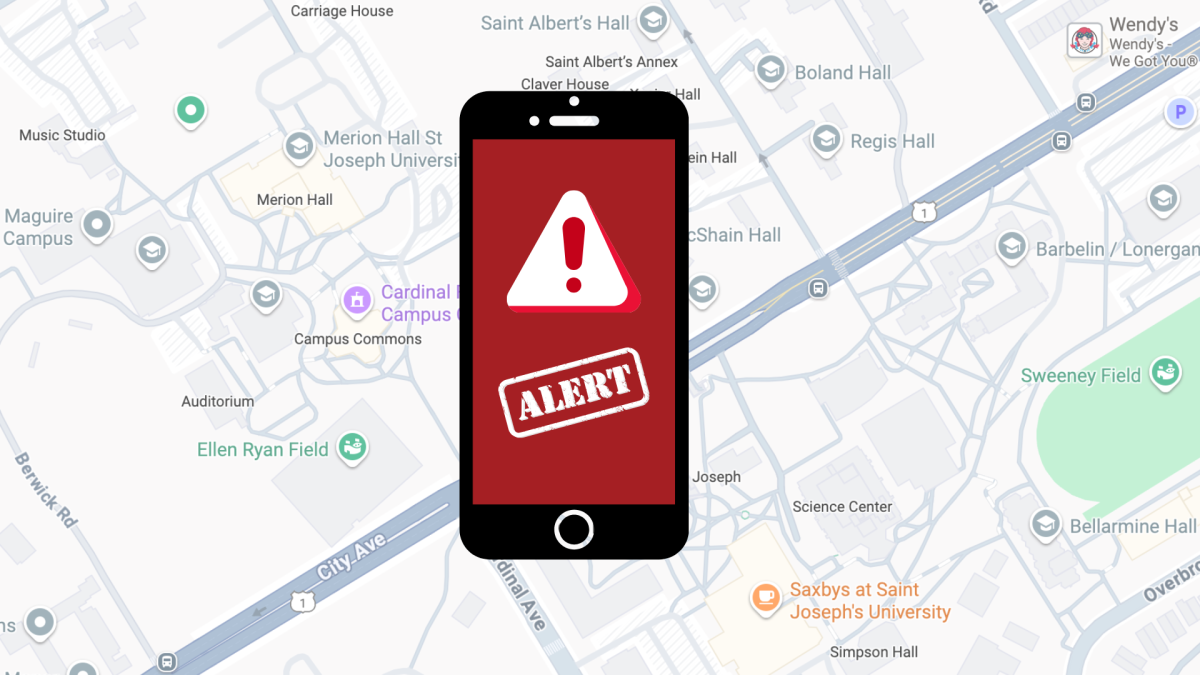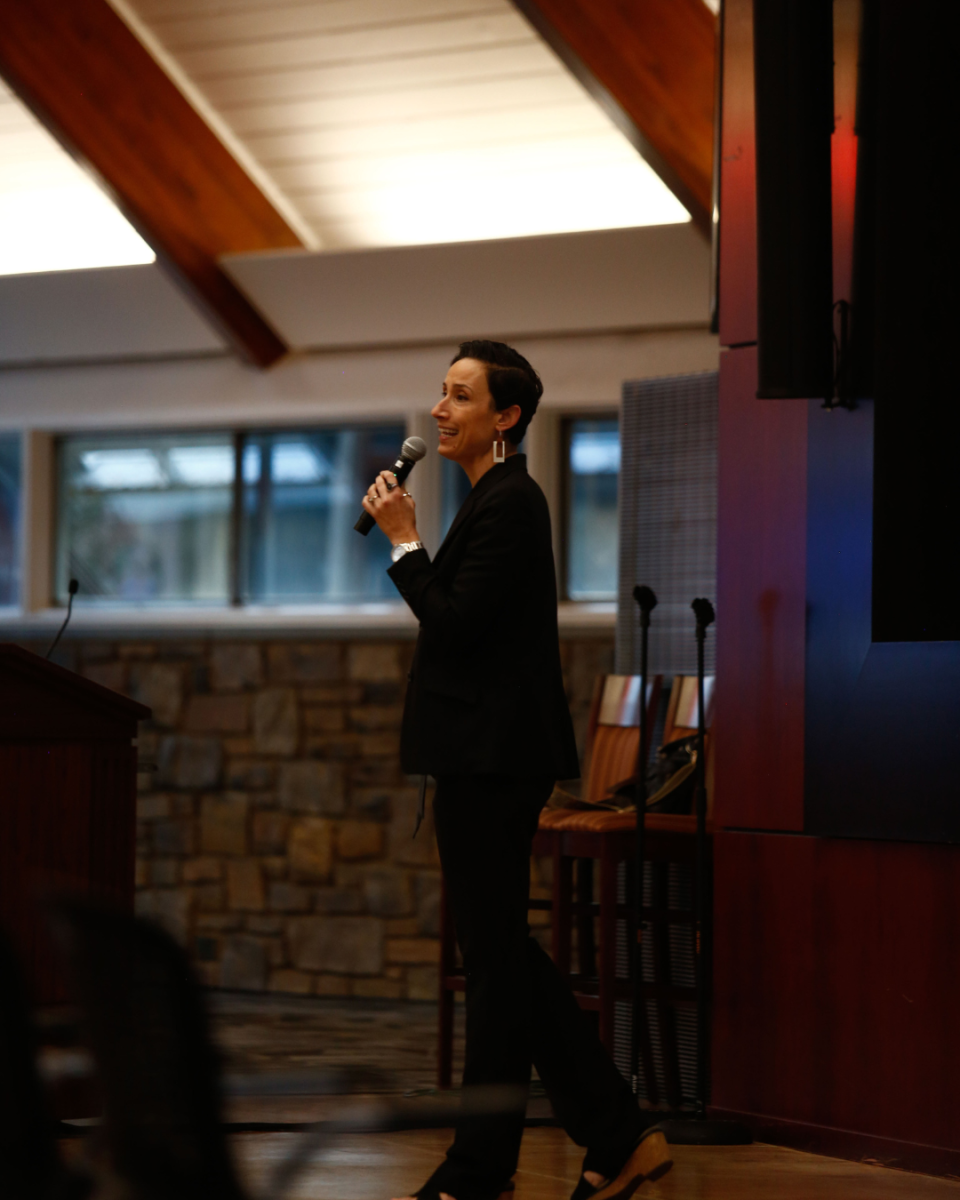The Philadelphia Regional Institute for STEM Educators (PRISE) held its annual educator conference Oct. 25 in the TGR Learning Lab at the Cobb’s Creek Golf & Education Campus in Philadelphia.
About 120 educators, high school students and college students attended the conference to learn how innovative teaching methods and equitable access to science, technologically, engineering and mathematics education can inspire a new generation of educators.
PRISE is composed of 11 higher education institutions in the greater Philadelphia region, including St. Joe’s, and is dedicated to the “recruitment, retention and ongoing development of diverse and highly effective teachers,” according to the organization’s website.
This year’s conference was created in partnership with the TGR Foundation, founded by Tiger Woods to build and support community-based programs empowering students to pursue their passions through education. While the general focus of each PRISE conference is connecting STEM to the real world, the theme for the Oct. 25 conference was “Real Work in the Real World: Empowering Students to Impact the Community Through STEM.”
Over the last 10 years, Pennsylvania has experienced a 67% decrease in teaching certifications, with a little over 6,200 certificates being issued last year, compared to nearly 19,000 in 2013. This decrease contributed to more than a third of Pennsylvania’s school districts facing teacher shortages last year, with the largest vacancies being in STEM and special education.
PRISE’s motto is “doing together what we cannot do alone,” said Victor Donnay, Ph.D., professor of math at Bryn Mawr College and director of PRISE. Donnay said the goal of the conference was to provide an opportunity for current and aspiring educators to engage in workshops and meet like-minded people who could support each other.
“We think the social network is really important, knowing other teachers, people you can contact to ask questions,” Donnay said.
MaryAnne Anderson, a senior at Montclair University, is an earth and environmental science major who wants to go into the education field after graduating. Anderson said she attended the conference to form connections to help her reach her goal of becoming a teacher.
“It’s kind of hard to find [support], especially people going into the teaching field, especially for the STEM career,” Anderson said. “So [the conference] was something nice that I figured would be able to [help] communicate more, reach out more, find more people.”
The conference stressed the importance of uplifting students and breaking down fears associated with STEM as a solution to the teacher shortage.
Shameeka Browne, the Keynote speaker at the conference, is a math specialist for grades five through eight and understands many children carry trauma with math.
“I get the opportunity to talk to parents a lot, and they tell me their trauma, that someone embarrassed them in school, or they got a problem wrong or they cried doing their fact homework at night,” Browne said. “Because of that, they tell their children, ‘Baby, it’s OK. Mommy wasn’t good at that either.’”
With this understanding, Browne strives to create accessible spaces for students to engage in STEM, such as clubs like FIRST LEGO League, National Society of Black Engineers and Math Club.
“I know how important it is to create safe spaces like my teacher created space for me to fall in love with math,” Browne said. “So, I work really hard to create those spaces, not just to teach content but for students to fall in love with mathematics and see how it manifests in their day-to-day activities.”
Another attendee, Sarah O’Connell, a senior math major at Bryn Mawr College, said she attended the conference because she is interested in becoming a math teacher and believes STEM education is for everyone.
“STEM can, and should be, more accessible to all students, and all students have the capability to succeed,” O’Connell said.
Shirley Posey, educator and director of the STEM Initiatives and Program Development at Imhotep Charter High School, merges STEM and culture to equip students with the tools necessary to tackle real-world challenges and create sustainable communities. Posey’s students have successfully used 3D printed water filters to bring clean water to communities both nationally in Jackson, Mississippi, and internationally in Ghana.
“When we’re looking for solutions for the future, our solutions are right in front of us every day, and it’s the students there that are going to literally create these solutions,” Posey said.
Like Browne, Posey recognizes students are apprehensive when they hear STEM and believes educators need to present it in a different light.
“When you break it to [students] using this model that it’s about solving solutions, we just use tech and mathematics and science to solve those solutions, and cultural intelligence in order to do that, then that’s when you will see the engagement,” Posey said.
Donnay said he considers science education to be a social justice issue.
“To be a contributing member of society where you can take advantage of the benefits of society, having a STEM education is very important,” Donnay said.

